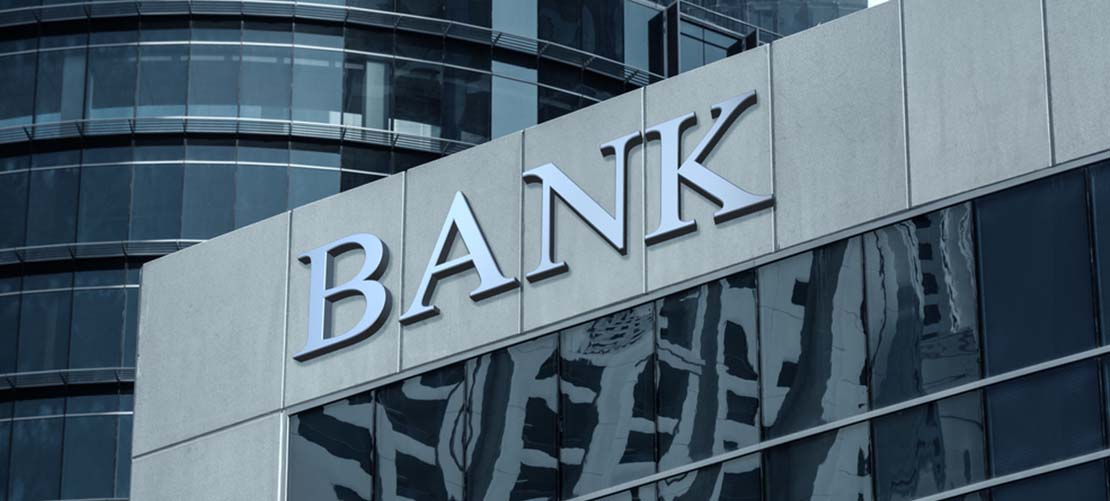Quincecare: duty, trigger and breach Nigeria v JP Morgan Chase Bank

In Federal Republic of Nigeria v JP Morgan Chase Bank (JPMC), the Commercial Court has provided welcome guidance about the scope of the Quincecare duty. In particular, it has clarified what will – and what will not – trigger a bank's Quincecare duty. While the principal finding of the court was that the Federal Republic of Nigeria (FRN) had not in fact been defrauded (and so the Quincecare duty not breached), the court examined the scope of the duty, the circumstances in which it will be triggered, and what might constitute a breach.
Background
The background to this case is set out in our analysis of the Court of Appeal's earlier decision here. In brief, FRN brought a claim against JPMC to recover approximately US$1.1 billion which had been held in a depository account with JPMC in FRN's name. In two separate instalments in 2011 and 2013 (on the instructions of authorised officers of FRN), JPMC effected transfers from the account to a Nigerian company, Malabu Oil and Gas Ltd, ostensibly in settlement of an oil licensing dispute. Following a change of government in Nigeria, FRN alleged that the settlement and payment instructions had been fraudulent, that JPMC had been on notice of the fraud, and that it had been in breach of its Quincecare duty in effecting the payments. The court found insufficient evidence to substantiate FRN's case that it had been defrauded. However, it considered the current scope of the Quincecare duty on the premise that FRN had been defrauded.
The Quincecare duty
The Quincecare duty is the duty placed on financial institutions not to follow their customer's instructions (and to make further enquiries) when they are put on notice that the instruction might be an attempt to defraud the customer. The duty operates 'in tension with'1 a bank's primary duty to execute its customer's orders promptly. In other words, the Quincecare duty can only be breached once it has been 'triggered'. While there have been a series of appellate decisions on the scope of the Quincecare duty recently (see our analysis here), this judgment provides crucial practical guidance for banks on what is likely to constitute a trigger (and subsequent breach) of the Quincecare duty.
What is not a Quincecare trigger?
The court provided clear guidance about what will not constitute a trigger of the Quincecare duty. In particular, it held that general red flags arising from historic evidence of corruption, past financial crime or fraud will not trigger a bank's Quincecare duty. A bank must be on notice that the specific payment instruction itself may be fraudulent.
Anti-money laundering (AML) best practice is also not a consideration in the context of the Quincecare duty. The 2011 payment was initially rejected by the recipient's bank, citing 'compliance concerns'. This triggered concerns with JPMC who filed a suspicious activity report (SAR). FRN then instructed JPMC to transfer the funds to a second bank, which also initially rejected the transfer, and further SARs were filed. Although JPMC ultimately received consent from the Serious Organised Crime Agency to make the transfers, the court concluded that the bank's investigation might have failed to meet the standards of a reasonable and honest banker regarding money laundering risk. However, it held that did not mean, without more, that it was 'on inquiry' for the purposes of the Quincecare duty.
What is a Quincecare trigger?
To constitute an actual 'Quincecare' trigger, the court suggested that the specific payment instruction would need to give a clear steer towards a fraud by, for example, being a payment instruction to a local casino or to the 'Adoke Holiday Fund Limited' (Mr Adoke being one of the alleged fraudsters). The court also referred to there being a 'range of suspicion'. Payment instructions to a local casino would be at the top end, whereas the suspicion attaching to the recipients in this case was at the lower end of the scale and insufficient to trigger the Quincecare duty. Part of that assessment also included the fact that the bank understood there to be a 'commercial rationale' to the transaction in question. The court accepted that, 'absent something else to move the dial', JPMC was not wrong (let alone negligent) not to make further inquiries about the nature of the transaction.
Standard of care
Assuming (contrary to the court's findings) FRN had been defrauded, the court considered the relevant standard of care. A bank may generally be in breach of its Quincecare duty if it fails to meet the standard of a reasonable banker (i.e. the ordinary test for negligence). However, in this case JPMC had the benefit of a clause in its depository agreement excluding its liability in tort, save for gross negligence. The parties therefore accepted that for FRN to succeed in its claim, it needed to prove gross negligence, a 'notoriously slippery concept'. On analysis, the court concluded this meant moving beyond 'bad mistakes' to mistakes which have a 'jaw-dropping' quality to them. While recklessness is not required, mistakes or defaults constituting gross negligence are those so serious that the word reckless may 'often come to mind'. Translated into the circumstances of this case, the court held this meant that there must have been an 'obvious risk' rather than just 'a risk' of fraud, and that JPMC's conduct must have evidenced 'serious disregard' for that risk.
In relation to the 2011 payment, the court found there was no serious or real possibility that FRN might be being defrauded. In relation to the 2013 payment, however, the court concluded that JPMC had been on notice of 'a risk' of fraud (possibly a real possibility) and it had failed to act. This was partly due to press articles alleging corruption on the part of Mr Adoke, which, combined with investigations by a number of authorities, moved JPMC much closer to being 'on inquiry'. However, the evidence did not meet the 'obvious risk' test required to establish gross negligence.
Interestingly, the court was unpersuaded by JPMC's argument that even if it had raised its concerns with FRN, this would not have altered the outcome. It held: 'if (i) there were such a fraud on the FRN and (ii) the disclosure of the material which triggered the obvious risk had been made to the FRN, the risk involved in payment (and consequent JPMC exposure) would have resulted in JPMC taking steps by one route or another which would have prevented the payment taking place.'
Conclusions
There are a number of practical points that banks can glean from this case. First, the importance of limiting and/or excluding liability should not be underestimated. Had FRN not been required to establish gross negligence, (and had the court concluded FRN had been defrauded), it is possible that the outcome of the claim would have been very different, at least in relation to the 2013 payment. The case also highlights the importance of expert evidence. Much of the analysis of the standard required of the reasonable banker was derived from the parties' respective banking experts. However, Mrs Justice Cockerill observed that the experts opined in relation to fraud generically, whereas the question to be answered was specifically whether a risk of fraud would have been obvious in relation to the 2011 and 2013 transactions. In this type of case, it is clear that expert selection will require particular care. It is also important to note that while the court emphasized that the duty is a 'narrow' one, it did accept that the Court of Appeal's judgment in Philipp v Barclays means that the Quincecare duty is potentially extended beyond 'internal fraud' cases (i.e. where the fraud is perpetrated by the customer's agent) to any case in which a bank is put on notice of a possible fraud.
1 Philipp v Barclays [2022] EWCA Civ 318


